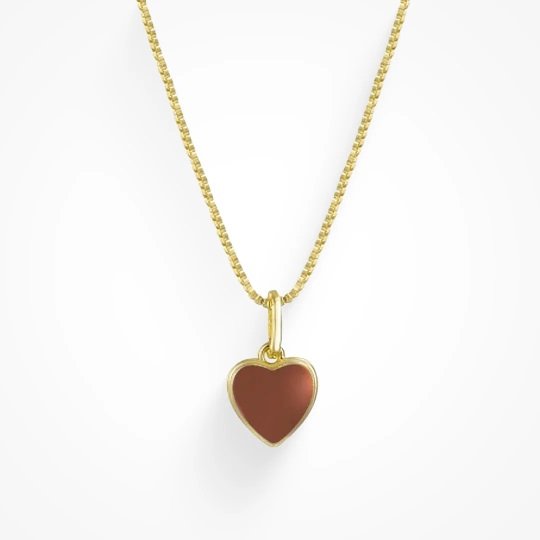Microneedling vs. microneedling with RF: Which one is the better anti-aging treatment?

The skincare industry is literally bloated with a multitude of anti-aging treatments, promising its users miraculous, incredible results in the never-ending quest for eternal youth with resplendent skin. Microneedling, HIFU treatment, and many such innovative procedures, which are the titans in the field of anti-aging, have promised very advanced technology in their treatments, giving one the chance to regain their youthful, wrinkle-free skin. But to find out which treatment does wear the crown, mechanisms, effectiveness, and relevance to individual needs in skincare need to be explored further.
Combining RF microneedling with conventional micro needling techniques makes them much more effective because the main innovation here uses the collagen production that the microneedles induce while delivering radiofrequency energy to the dermis. Sometimes, it is called HIFU treatment (High-Intensity Focused Ultrasound), which associates ultrasound technology with microneedling. Although they are not exactly the same, they use the same technology, and only the intensity is different. HIFU is much different than microneedling but almost the same as RF microneedling. This leads to a dual approach that increases collagen synthesis and skin tightening, with singular indications for both fine lines and wrinkles and the level of skin laxity.
However, traditional microneedling mainly works by stimulating collagen production in the dermis using very fine needles to cause some micro-injuries to the skin. Traditional microneedling is a much less aggressive and invasive skin texture, tone, and overall rejuvenation procedure compared to RF microneedling.
All these factors could be taken into consideration to work out differences between these two treatments: depth of treatment, intensity of energy, downtime, number of sessions required, and cost implications. All these factors play a very important role in deciding the best treatment option according to personal skin goals, preferences, and budget constraints.
We shall now proceed to examine the distinctions between them:
- Depth of Treatment: One of the most significant discriminators between microneedling and RF microneedling is the depth of penetration into the skin. In fact, while microneedling targets only the dermis, HIFU treatment penetrates down to the superficial muscular aponeurotic system. This allows a completely rejuvenated approach and, hence, is very suitable for treatments that focus on sagging skin and muscle laxity.
- Energy Intensity: Both work by applying energy to elicit collagen formation, but at two different types and two different intensity levels. Microneedling, in general, has been shown to safely heat the skin without causing damage. RF microneedling, as a matter of principle, uses high-intensity focused ultrasound energy delivered to focused areas of the skin with extremely high precision. This makes it particularly useful for lifting and firming, hence its popularity with nonsurgical facelifts.
- Downtime and Recovery: This forms another angle from which to look at a treatment. Normally, microneedling would have very minimal downtime for the patient; they may be a little red with swelling, but most of the time, this resolves within a couple of days. because ultrasound energy goes deeper and may cause temporary bruising and swelling. Still, the two treatments are generally well tolerated, and people can get back to their normal activities in no time.
- Number of Treatments: The number of treatments may, on average, be different for different skin conditions and the required outcome. Microneedling treatments are generally done over sessions spaced over weeks to yield good results. HIFU treatment will need a minimum number of sessions, as it does penetrate deeper and has higher energy delivery, for a patient to feel or see visible changes.
- Cost Factor: The question of cost is always raised when researching treatments for anti-aging. On a per-session basis, therefore, microneedling indeed turns out to be a cost-effective alternative to RF microneedling. However, the cost of the treatment has to be weighed relative to the benefits and the long-term results of the same.
The RF microneedling service of VLCC, just like traditional microneedling, emerges as one of the great tools in the fight against visible signs of aging for a younger and more radiant complexion. In choosing these treatment modalities, one has to consider specific skincare concerns, budget considerations, and the depth of the treatment.
HIFU treatment is suitable for a person with sagging skin, muscle laxity, and advanced signs of aging and also allows reaching the deeper layers of the skin with the application of more intensified focused ultrasound energy. Even if the cost is a little higher and the recovery period is relatively longer compared to traditional microneedling, the final output is more vivid and long-lasting.
A suitable skincare provider is to help the seeker find the available RF microneedling if at all it is present and the type that may be required, depending on the needs and objectives. He or she now stands set on the path toward rejuvenated, radiant, and supple skin, with the whole procedure explained and after expressing the preference to undergo the same.
In conclusion, the RF microneedling service of VLCC or HIFU treatment is effective for enhancing the signs of aging. The most suitable treatment types will depend on depth, desired results, and budget. Book an appointment with an experienced skincare professional to guide you on what treatment you should go for in order to achieve your personalized goals. Also, boosting collagen is one benefit of RF microneedling, which has a lifting and tightening effect, thus smoothing out the skin for younger skin.














